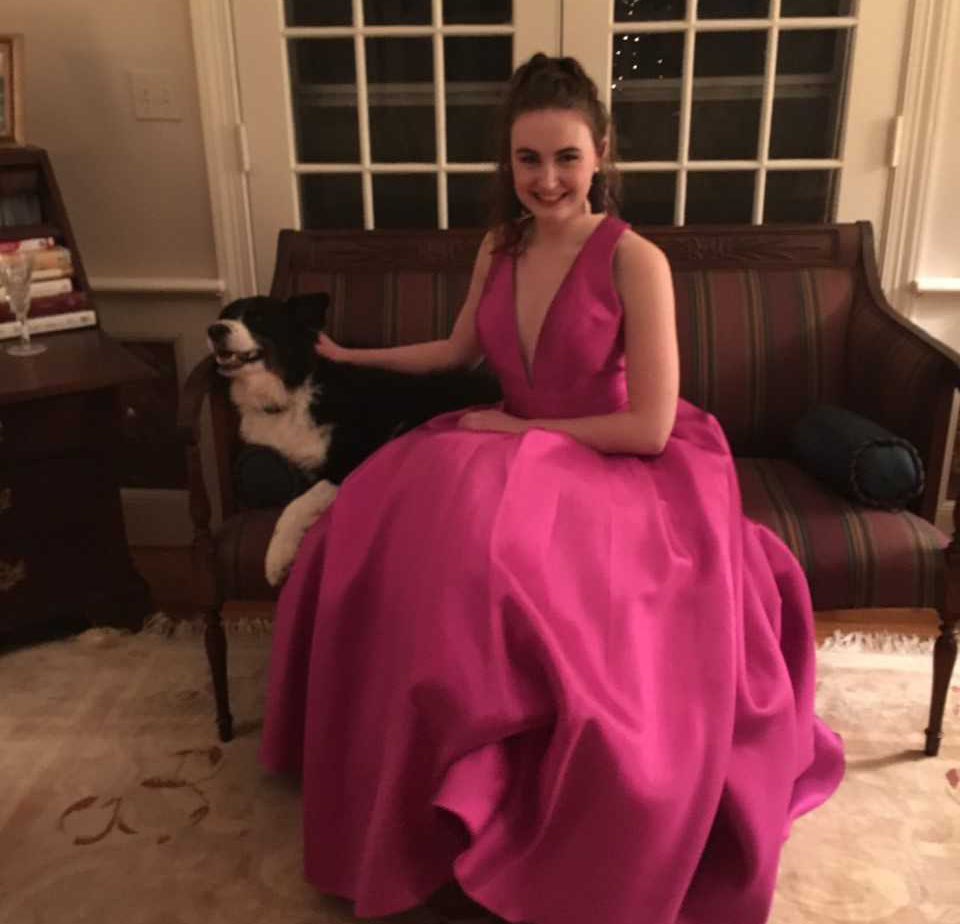Return to the Barre
 The height of a ballerina’s career is, arguably, bourée-ing en pointe to the demands of Tchaikovsky’s “Dance of the Sugar Plum Fairy.” As a young ballet dancer, I couldn’t have cared less about wearing a priceless tutu adorned with tiny, sparkling gems. Instead, I aspired to a different role in the Nutcracker: I longed to dance the Trepak, leaping around the stage in ballet-bastardized Cossack vernacular.
The height of a ballerina’s career is, arguably, bourée-ing en pointe to the demands of Tchaikovsky’s “Dance of the Sugar Plum Fairy.” As a young ballet dancer, I couldn’t have cared less about wearing a priceless tutu adorned with tiny, sparkling gems. Instead, I aspired to a different role in the Nutcracker: I longed to dance the Trepak, leaping around the stage in ballet-bastardized Cossack vernacular.
I never danced either.
The year I would’ve begun pointework, I quit to devote my free time to equestrian pursuits and the weekly piano lessons my parents forced upon me, thereby dividing my life into ballet and post-ballet periods. It’s easily the greatest regret of my unremarkable 22 years.
A decade, a torn hamstring, and joints damaged from toppling off the backs of horses later, a longing for the supple leather slippers and the sound of their swish across the studio floor crept up on me. When I was registering for my last semester of undergraduate classes, a whim to submit the course registration number for a class labeled “Intermediate Ballet” possessed me. Click. An error message reading “instructor permission required” popped up on the screen.
Slim chance that a professor would allow a girl who hadn’t danced anything more than unstructured, unkempt frat party girations in a decade into a ballet class. In a Hail Mary email akin to a plea, I asked Denise Ridley-Johnston for a spot in the class. She agreed to let me show up the first day, prepared to dance, so that she could evaluate my fit for the course.
Each day over Christmas break, I told my musculoskeletal structure that it could recall the pliés, turnout, and posture ingrained in it since I could walk but long since buried beneath layers of slumping over schoolwork and pigeon-toeing my feet while sitting. No amount of stretching on the heated stone floor in my parents’ house could’ve loosened my stiff limbs enough for that first day of classes, and too much time at the sqaut rack and unconditional love of simple carbohydrates had obscured the willowy appendages that, once upon a time, effortlessly carried me across the floor.
I stood at the barre, feebly brushing my foot through the tendus-- lead by the heel, point through the toes, elongate the leg-- and sneaking glances at the other dancers. Each one was either more technically correct, more flexible, or thinner. As a child, I’d never been the worst dancer in the studio, but as an adult, I knew I was.
By some miracle, the professor allowed me to stay.
Later, I learned that Denise Ridley-Johnston, a former gymnast, didn’t start dancing ballet until she was 29 years old. You’d think she had arabesqued out of the womb if you didn’t know otherwise. I’d like to think that she empathized with my desire to end my post-ballet epoch and return to a land ruled by elegance and grace.
Neither of which I exhibited that first day. Two months into the semester, I still struggle to coax my body into steps that once rolled easily out of my feet, but I’ve deepened my pliés, elevated my devlopés, and tightened my sous-sous. My damaged hamstring requires more attention than I’ve ever given it, and I can’t help but worry about the tissue in my knees when I hop to the time of a petit allegro, but I’m slowly and partially reclaiming something I once threw away.
No choreographer will ever cast me for the Trepak, and I laugh at the thought of being fitted for the sugar plum fairy’s tutu. Bur for the first time in my ballet history, I wouldn’t be thoroughly distraught if anyone asked me to learn the dance of the sugar plum fairy instead of the Trepak. I’d be grateful just to clock more hours in pale pink slippers.